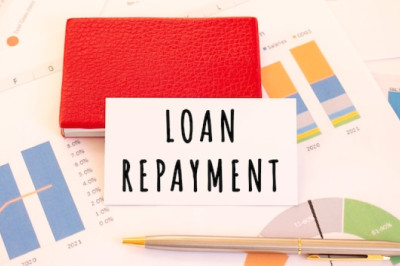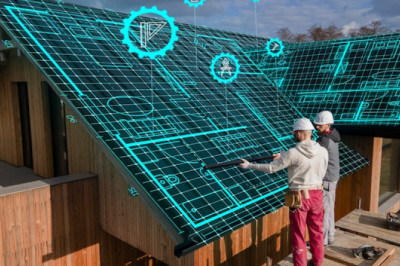In the evolving landscape of energy management and sustainability, Virtual Power Plants (VPPs) have emerged as a groundbreaking concept that is reshaping how electricity is generated, distributed, and consumed. Unlike traditional power plants, VPPs leverage advancements in technology to coordinate decentralized energy resources, offering a more flexible, efficient, and sustainable approach to power generation and consumption. This article delves into what VPPs are and explores their significance for households looking to optimize their energy planning and contribute to a greener planet.
What is a Virtual Power Plant?
A Virtual Power Plant (VPP) is an integrated network that aggregates the capacities of various distributed energy resources (DERs) such as solar panels, wind turbines, and battery storage systems, allowing them to function as a single power plant. Through sophisticated software and control systems, VPPs can monitor and adjust the electricity production or consumption of these connected units in real-time. This innovative model not only enhances grid stability and efficiency but also enables households and businesses to play a significant role in energy markets by selling excess energy back to the grid or reducing consumption during peak times.
Benefits of VPPs for Households
For households, participating in a Virtual Power Plant offers numerous benefits. Firstly, it provides an opportunity to lower electricity bills through optimized energy consumption and the potential to earn revenue by contributing surplus energy to the grid. Additionally, VPPs support the integration of renewable energy sources, helping households reduce their carbon footprint and promote environmental sustainability. By enhancing grid reliability and reducing dependency on fossil fuels, VPPs also contribute to a more resilient energy system that can better withstand disruptions and fluctuations in demand.
The Role of Smart Home Technology in VPPs
Smart home technology plays a pivotal role in the functionality of Virtual Power Plants. Devices such as smart thermostats, energy-efficient appliances, and battery storage systems can be interconnected and remotely controlled to optimize energy usage. These technologies enable households to automatically adjust their energy consumption based on real-time signals from the VPP, such as when to store energy or feed it back to the grid. This not only maximizes efficiency and savings but also enhances the overall performance and reliability of the VPP network.
Impact of VPPs on Renewable Energy Adoption
Virtual Power Plants significantly bolster the adoption of renewable energy sources by seamlessly integrating them into the existing energy grid. By aggregating small-scale renewable energy producers, VPPs can supply a substantial amount of clean energy, reducing the need for traditional, carbon-intensive power generation. This democratization of energy production encourages more households to invest in renewable energy solutions like solar panels and wind turbines, accelerating the transition towards a more sustainable and decentralized energy system.
Challenges and Considerations for VPP Participation
While the benefits of VPPs are compelling, there are challenges and considerations for households wishing to participate. Technical requirements, such as the need for compatible smart devices and a reliable internet connection, can pose barriers. Additionally, understanding the financial implications, including initial investment costs and potential returns, is crucial. Households must also navigate regulatory policies and energy market dynamics, which can vary significantly by region. Despite these challenges, the long-term benefits of VPP participation, both financially and environmentally, make it a worthwhile consideration for many.
Future Trends in Virtual Power Plants
The future of Virtual Power Plants looks promising, with advancements in technology and policy driving their expansion and sophistication. Innovations in artificial intelligence and machine learning are expected to enhance the efficiency and responsiveness of VPPs, enabling more precise control over energy distribution and consumption. Furthermore, as governments around the world continue to prioritize sustainability and green energy, regulatory support for VPPs is likely to increase. This will pave the way for more widespread adoption and greater impact on national and global energy landscapes, making VPPs an integral part of household energy planning.











Comments
0 comment